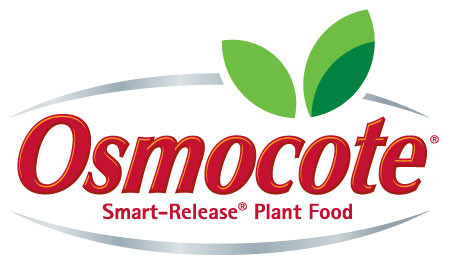I have been know to really try and push the envelope with plants from different zones. I live in a Zone 8, but love to fiddle with plants from Zone 9 and 10. Well, now I am going the other way!
Quince (Cydonia oblonga). I received some hardwood cuttings the other day, Cultivars 'Van Deman' and 'Cooke's Jumbo'. So I headed to my propagation chambers, (See Messin with Mother Nature post) and stuck the 4 cuttings. I have never really tried rooting hardwood cuttings before, so this is kind of new to me. I will keep everybody posted as to how they are doing.
I know what you are thinking, Quinces are generally grown in the same zones as Apples and Charleston is not exactly known for its Apple production.
Quince have a much lower chilling requirement (much less than most apples). Usually between 100 to 450 hours. Charleston is 400-600 hours.
I think I have the solution however.
CONTAINERS! Hmmmm, that sounds like a familiar theme.
This is my thinking, I will put them where they will get morning sun and early afternoon sun. Protected from the late afternoon killer heat. Then when Winter comes, I will put them in the coldest spot I can find. I will not have to worry about it freezing, bacause that's what it wants! Quinces are generally hardy to zone 4!
Here is some other info about Quinces in case you want to try your hand at this often overlooked fruit.
The quince is a deciduous thornless shrub or small tree, growing 13-20 ft high and 10-15 ft wide, with crowded gnarled branches and a low crooked habit. Young branchlets are covered with a pale greyish wool.
Fruits are light golden-yellow, green or orange, usually pear shaped, but sometimes round and apple-shaped and very fragrant. The fruits can weight up to 1 lb or more.
Trees are self-fertile, with a good fruit set in both cool and hot climates; pollination is via bees.
As for it's uses, If it can be done with an Apple, it can be done with a Quince. Pies, Butter, Wine, Jelly, Stewed, Etc.
I am excited about trying this fruit. I have really gotten into canning and storing food for the future recently and there is so much that can be done with Quince.
I have read it is fairly easy to actually get them to root, I hope they are right. Here's to keeping the fingers crossed and the propagation chambers humming.
Stayed tuned for updates.
Happy Growing!
Darren
Friday, February 12, 2010
Subscribe to:
Post Comments (Atom)








I'm a big quince fan, Darren. I can't grow them where I live, as it's a bit too warm and I lack space, but I sure can cook them! Long, slow cooking works best with them for me (they turn deep red), as the fruit it extremely tart when raw (to the point of being inedible). But slow-roast them in some liquid with added sugar and a cinnamon stick, and they are heaven...
ReplyDeleteJust for fun last year I put some seed from a quince fruit into some potting mix and all of them came up in two weeks. I got rid of the seedlings a few weeks later, but they are very willing growers.
One thing I have learned from reading about quinces is that they don't like windy weather, especially when laden with crops of those big, heavy fruit. Strong winds will not only damage fruits, they could also break branches from the trees.
Good luck with your quince growing experiments. I look forward to the updates.